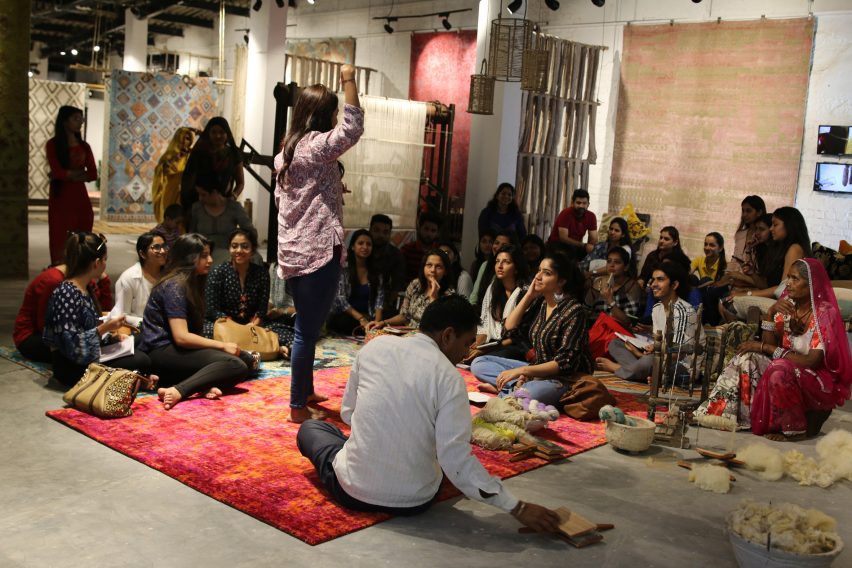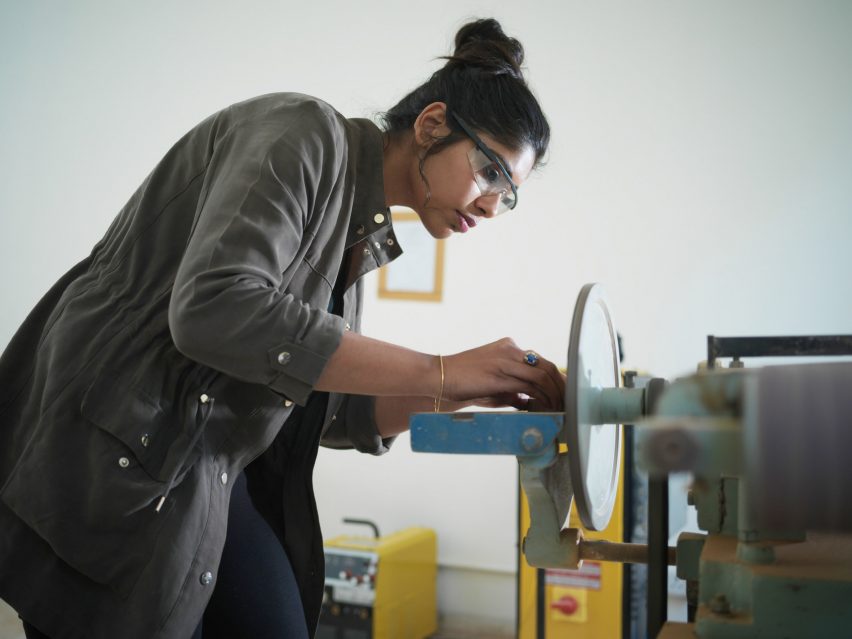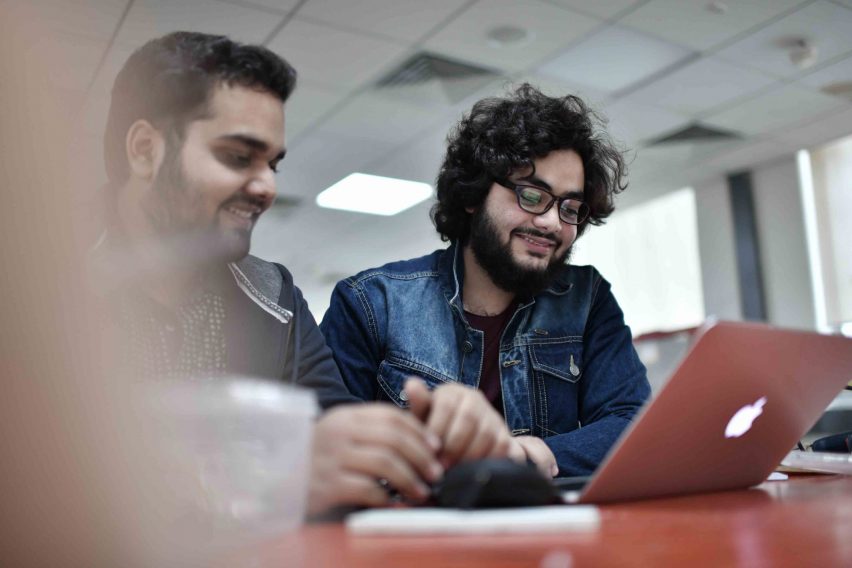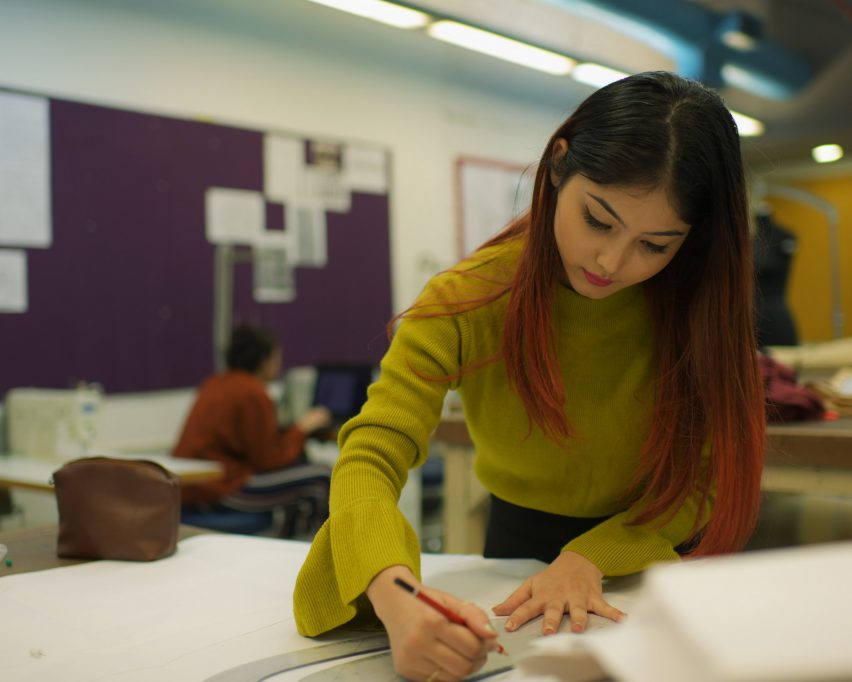
Pearl Academy introduces "gamification methods" to the design curriculum
Dezeen promotion: Pearl Academy's school of design dean, Tingbin Tang has introduced a range of competitive problem-solving exercises to the school's curriculum to prepare students for challenges they will face in the design industry.
According to Tang, the problems designers face while working in the industry are "of a magnitude not encountered in a typical school environment"
Using knowledge from throughout his diverse career, Tang's educational approach aims to give students at Indian design school Pearl Academy a holistic understanding of the design industry.
Pearl Academy aims to enable design students to "handle real-world complexities"
"How do we educate design students so they can handle real-world complexities?" he asked.
"This is addressed at Pearl Academy by adapting gamification methods that enable real-world problem-solving opportunities being brought into the studios. As the new dean of school of design and a creative entrepreneur myself, I’ve personally administered the implementation of crucial experiences and training for our students."

Tang's programme at the academy places importance on ensuring students experience resource management, competition and risk management among other organisational processes that contribute to new product development (NPD).
The programme is part of an experimental design education approach that Tang likens to the board game Monopoly. The methodology intends to ensure that Pearl Academy students graduate with a deep understanding of organisational dynamics while giving them a competitive advantage when they enter the industry.

Tang's approach emphasises the importance of understanding diverse groups of people, using role-play techniques and psychological principles to understand the journey of a product from an idea through to launch.
In the gamification approach, students encounter real-life projects and develop a range of creative problem-solving solutions.
"Through this way of design thinking, young designers will not only be able to deliver innovative design solutions that generate new waves in the market but can also be equipped to provide cost-effective redesigned solutions to address the emerging and unforeseen market needs," said Tang
Pearl academy design curriculum puts emphasis on role playing
Tang emphasises that students should consider all stakeholders when understanding the market. This includes considering the designer's relationship with their suppliers, partnerships, customers and regulators.
"This can be achieved by including industry representatives and organisation or government regulators during project briefing and also incorporating role-play of various stakeholders, competitors, customers and end-users during intensive brainstorming sessions," said Tang.

During their projects, students experience a range of design tasks including research, modelling and prototyping while performing roles including CEOs and marketers.
"With simulated roles similar to those in a real-life company, the project conversation within the team will be similar to what happens when they migrate to the industry as professionals," explained Tang.
Token system used to simulate real-world budgets
In role-play exercises, the academy uses tokens to represent resources, where teams can trade tokens for materials, pay suppliers or hire talent.
"The customers, even if they are the actors or actual customers invited into this game, can also pay using these tokens to purchase their desired products," said Tang.

In the tasks, students define a target market and analyse the competition. Teams often compete with each other to provide different product solutions and marketing strategies.
"Students get to learn 'design' beyond just being able to create products and are able to consider factors that also affect product design and its success in the market," said Tang.
At the end of their projects, students summarise what they have learnt from role-playing from various perspectives across the industry and present a report.
"A team that makes the best and most compelling 'value proposition' will be the winning team," said Tang. "Project teams will also get a chance to look back and introspect to see what they could have done better, and the lessons learnt."
To learn more about Tang's approach to design education and Pearl Academy's courses visit the school's website.
Partnership content
This article was written by Dezeen for Pearl Academy as part of a partnership. Find out more about Dezeen partnership content here.